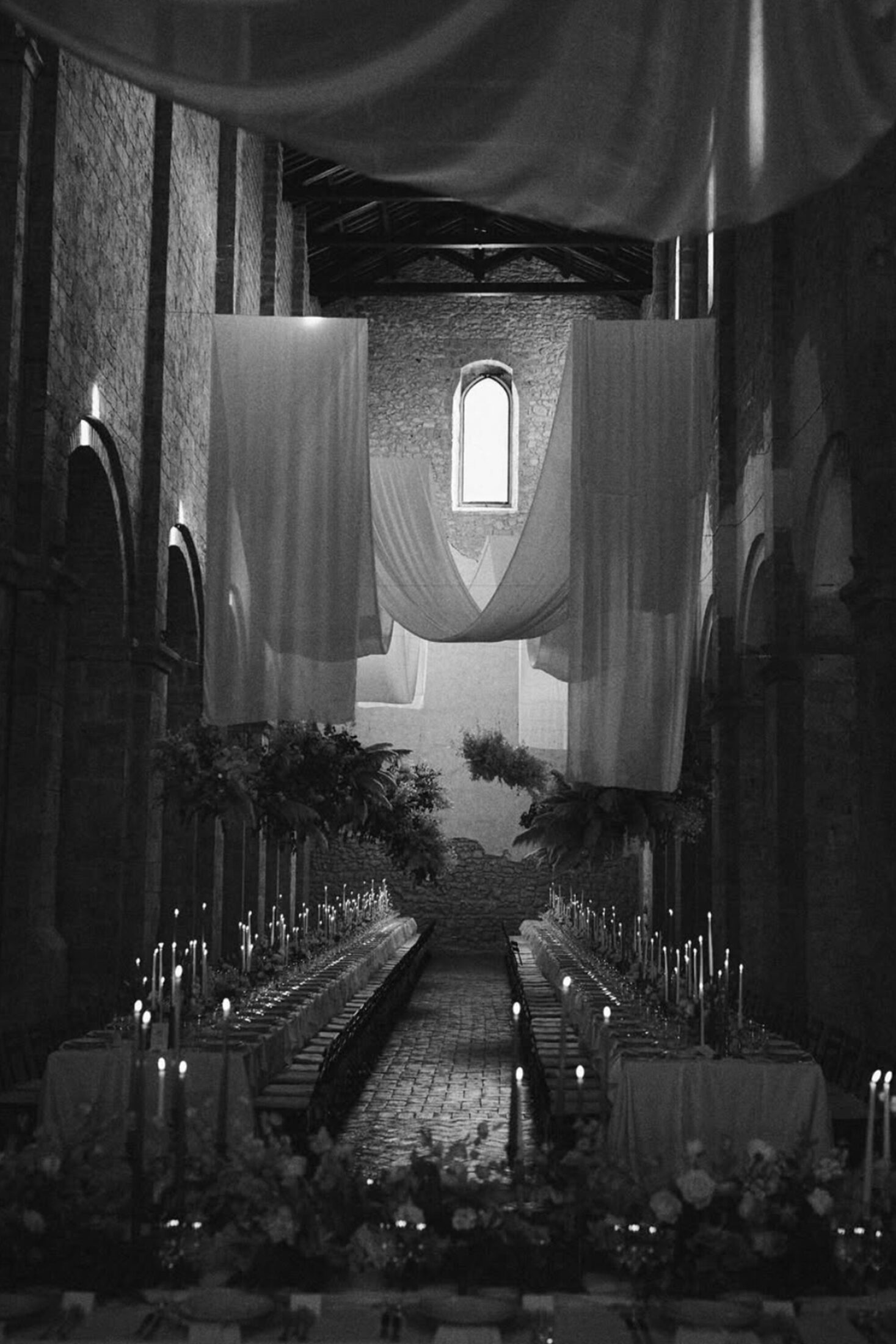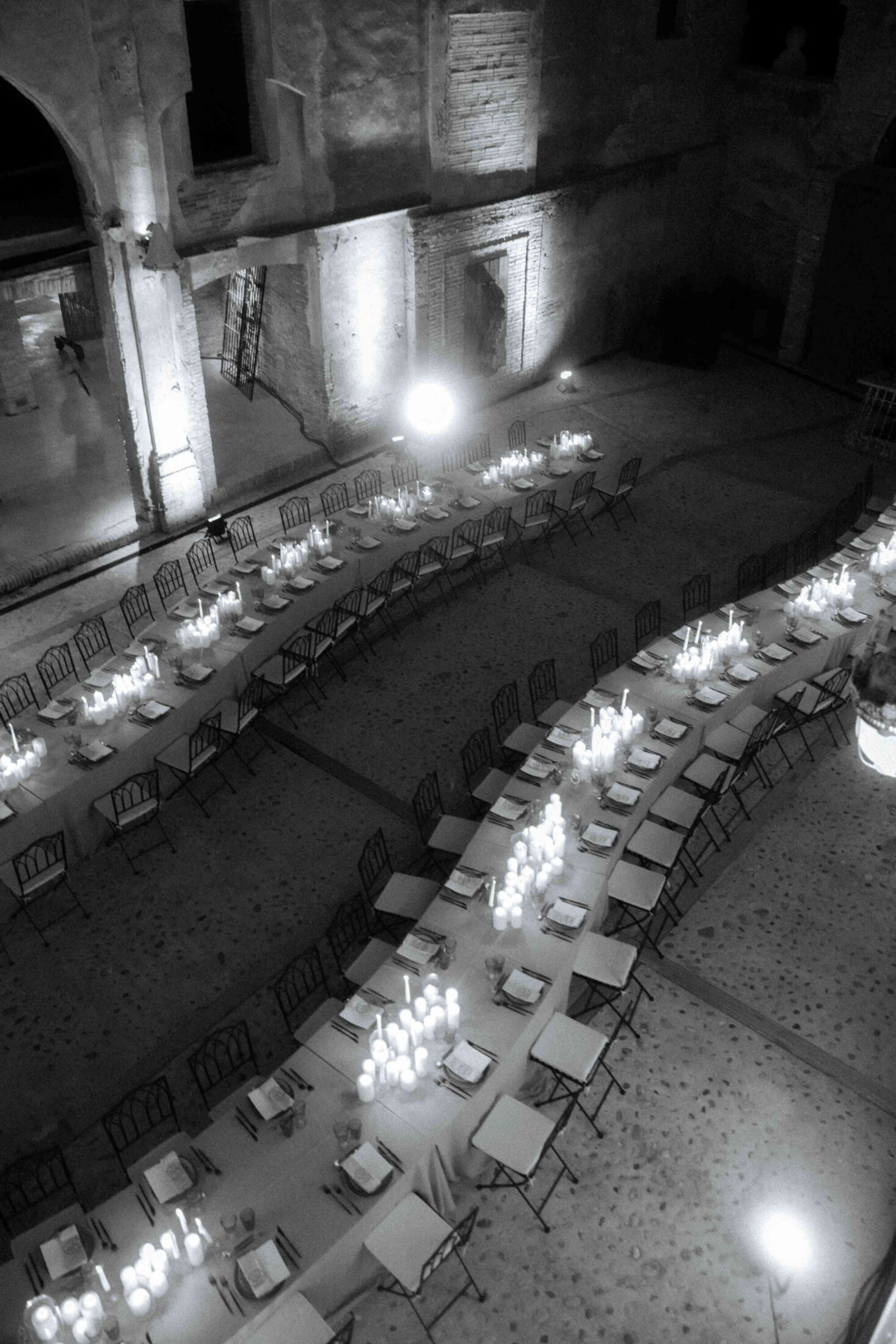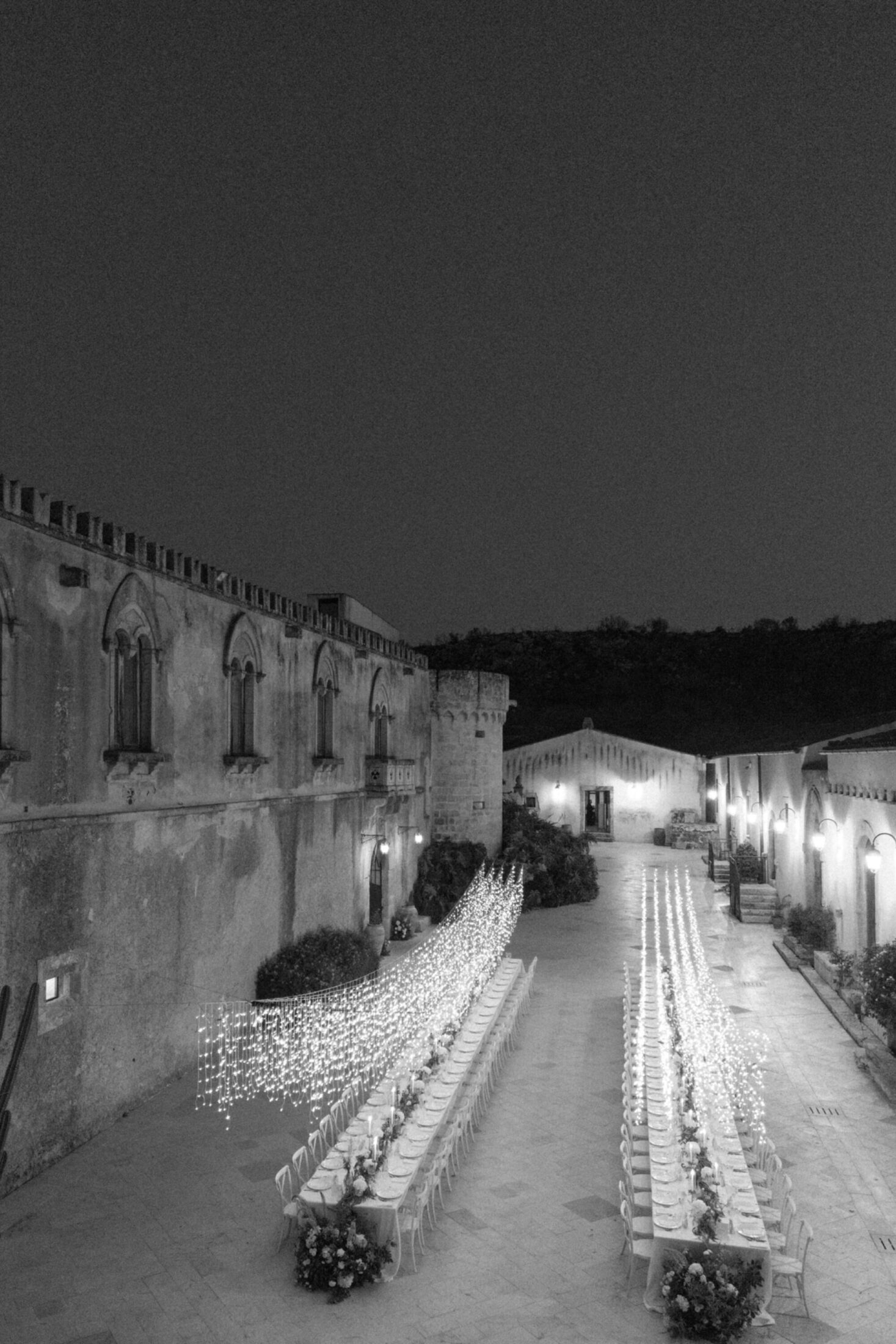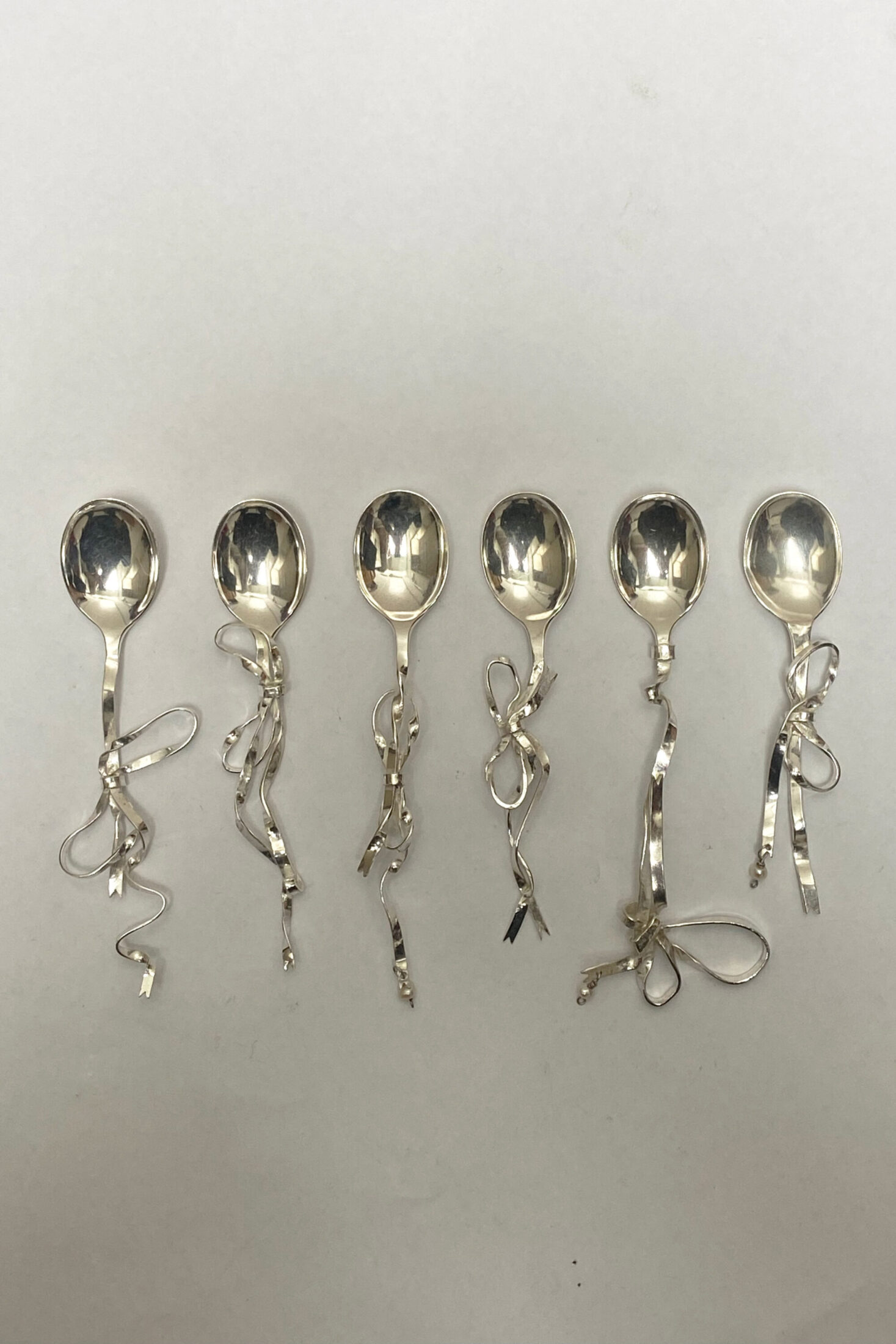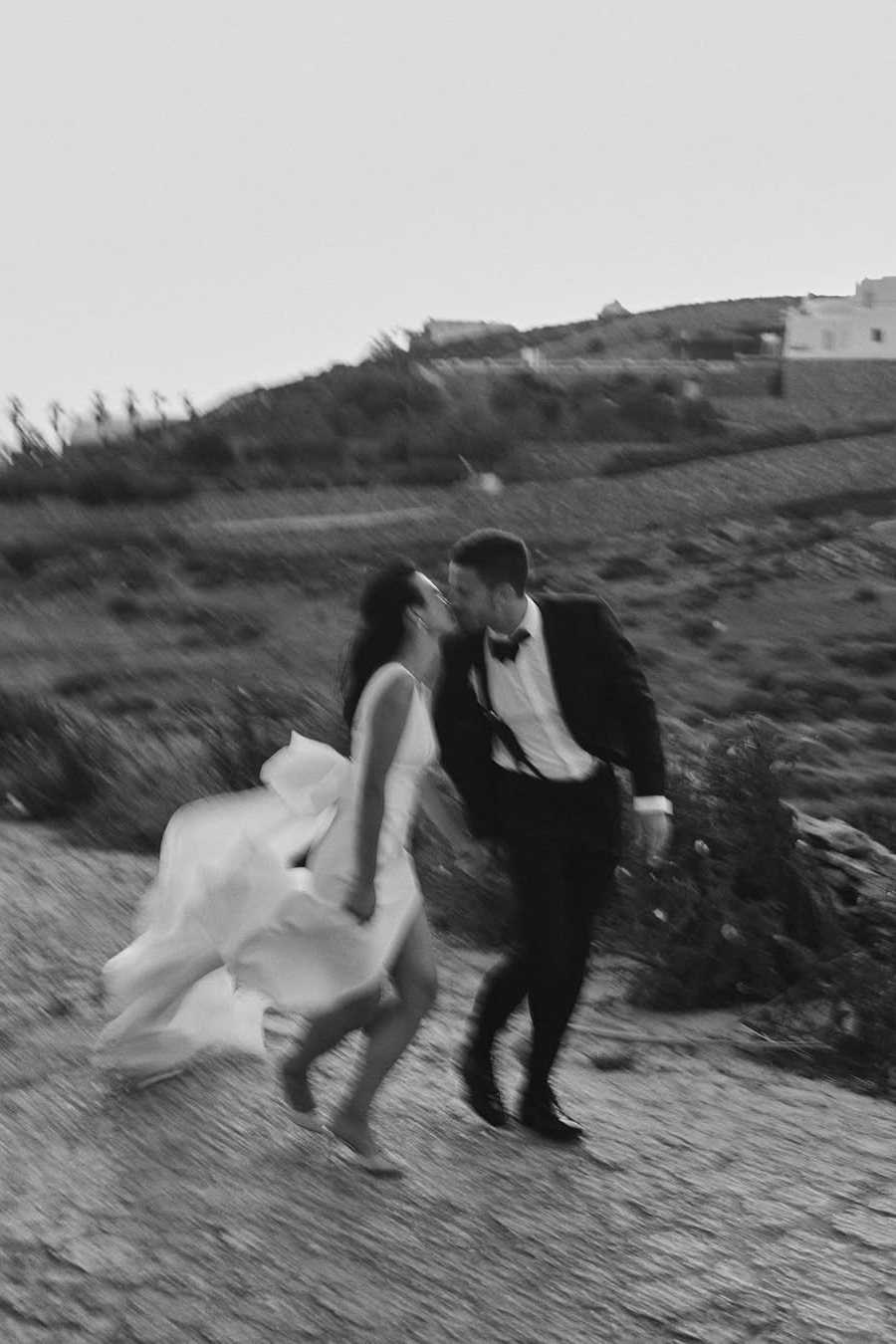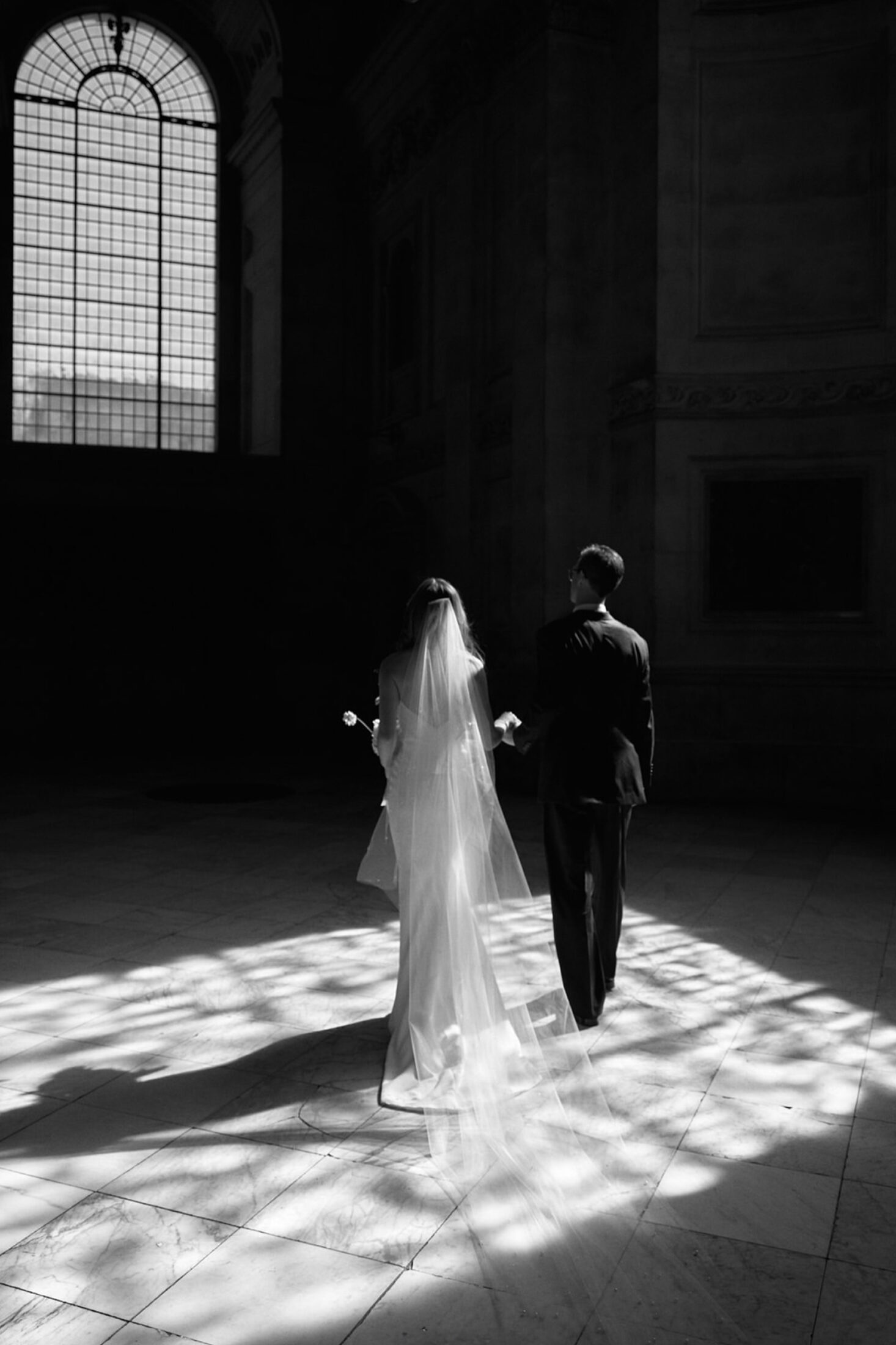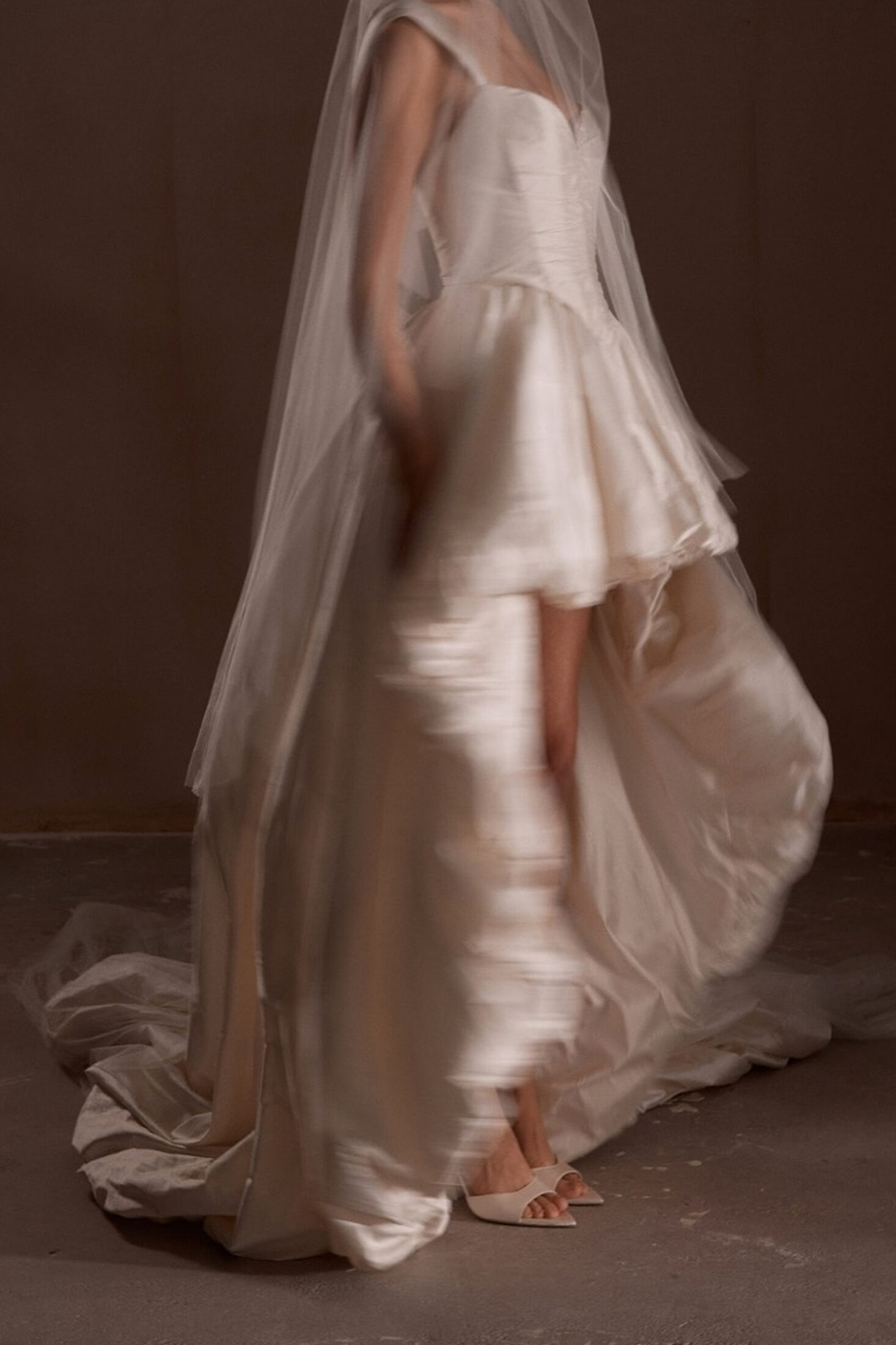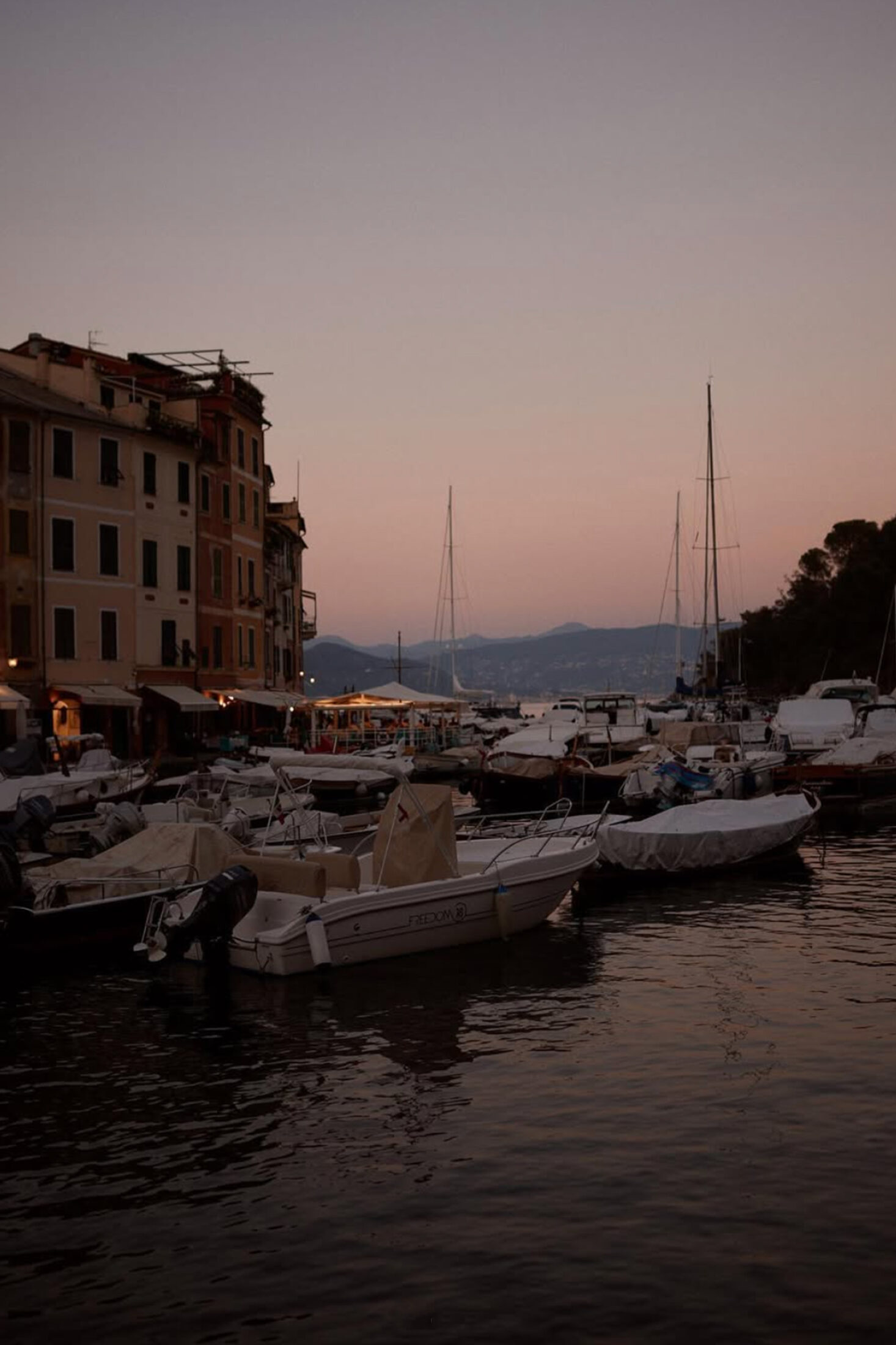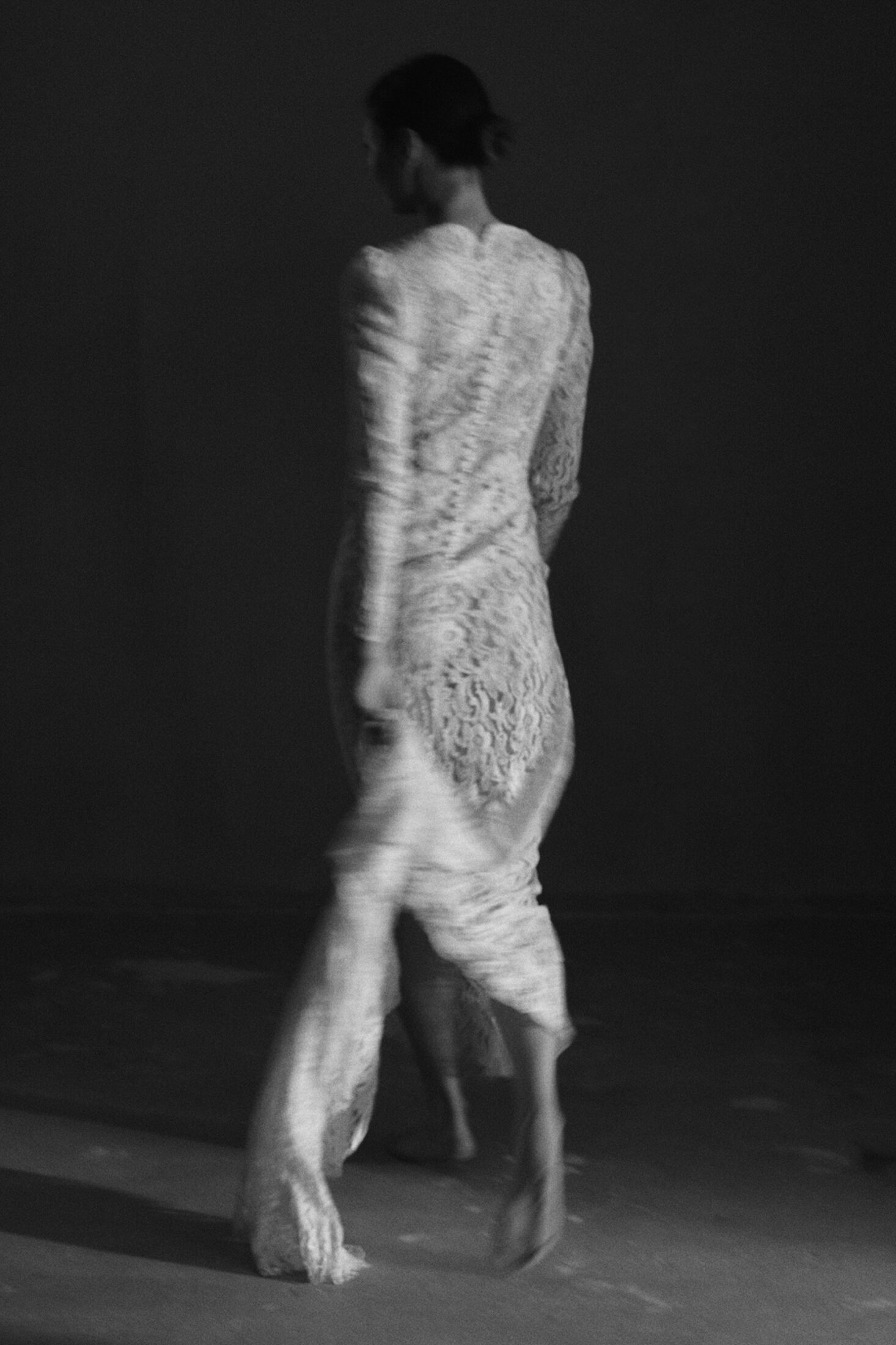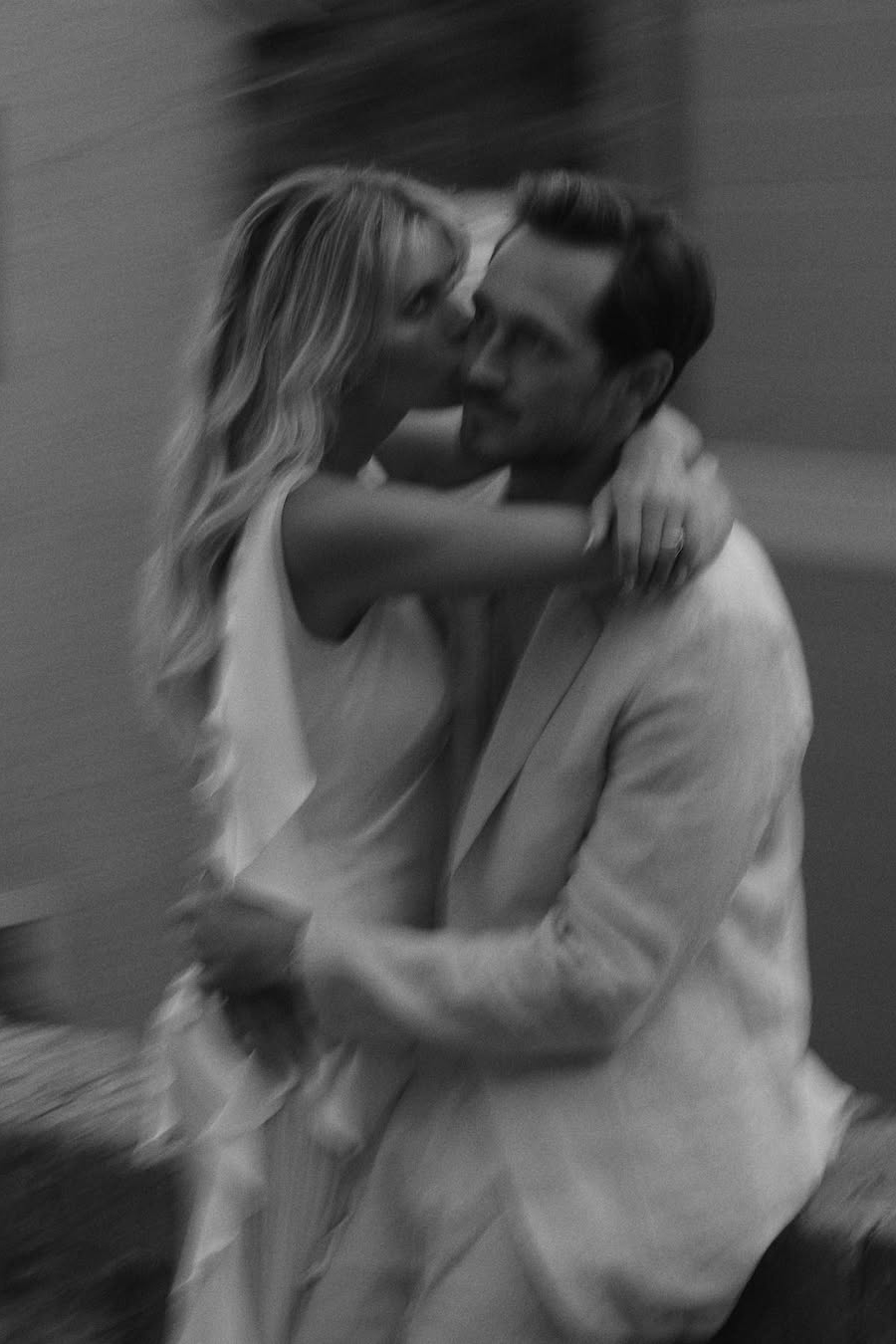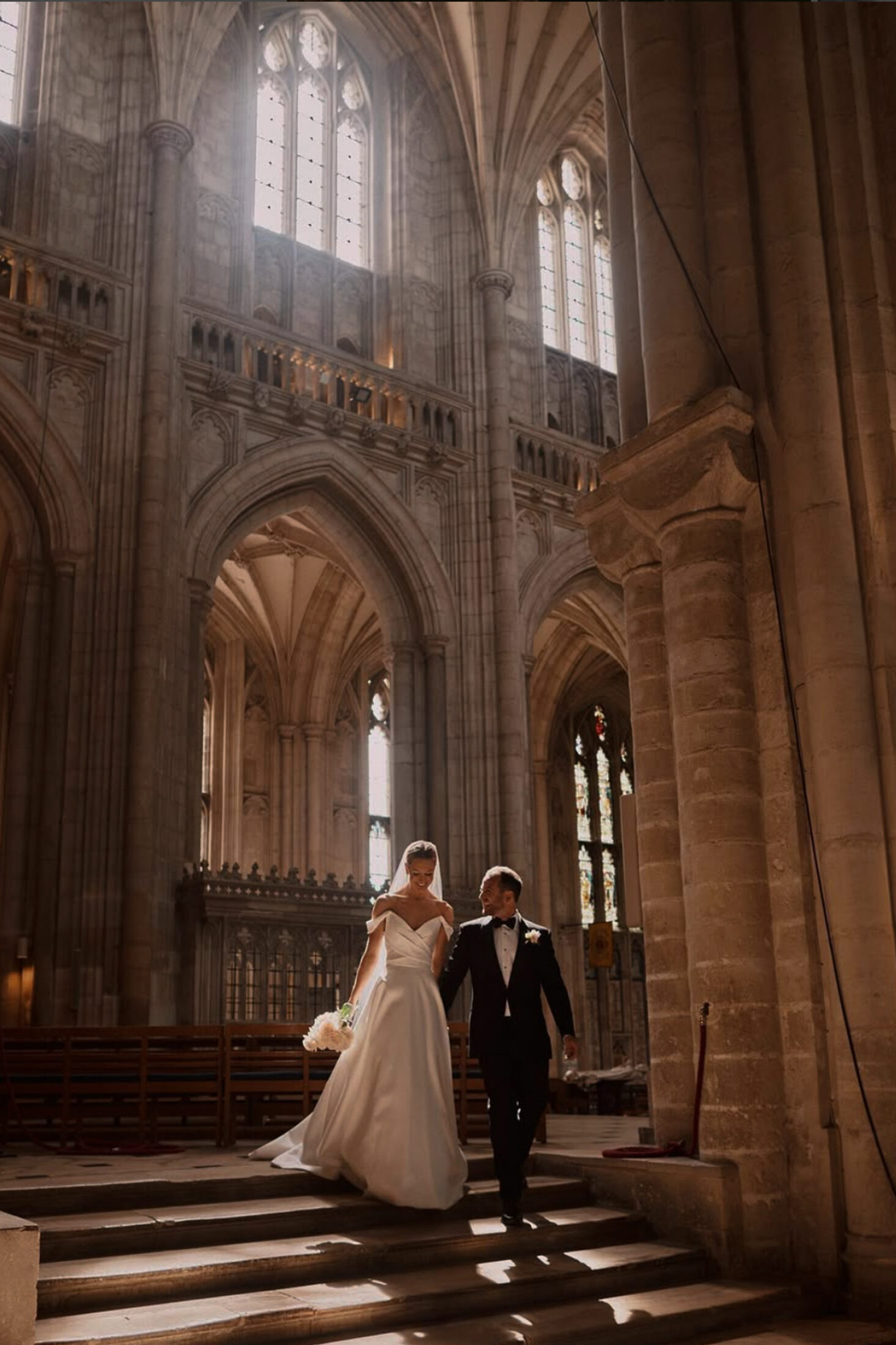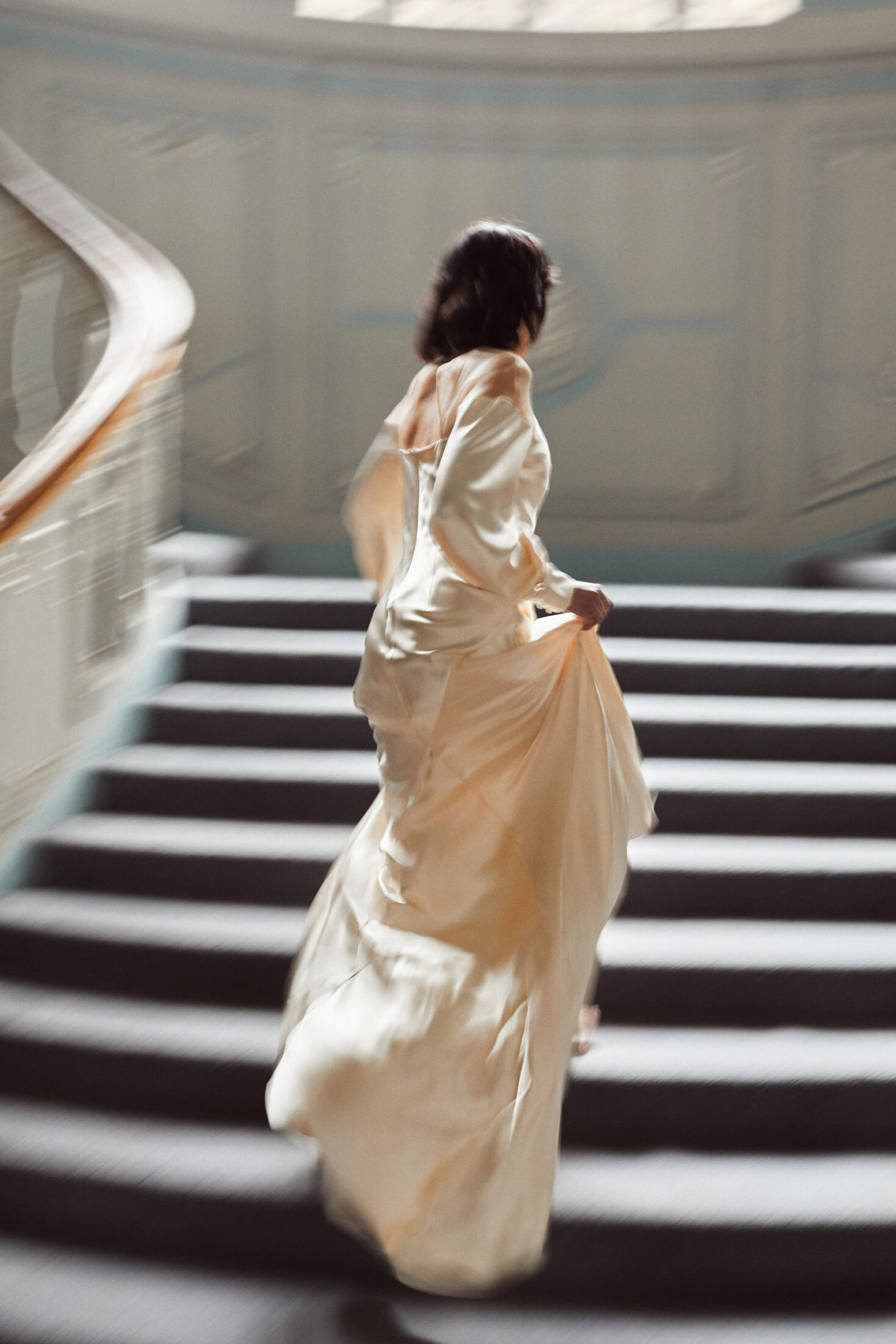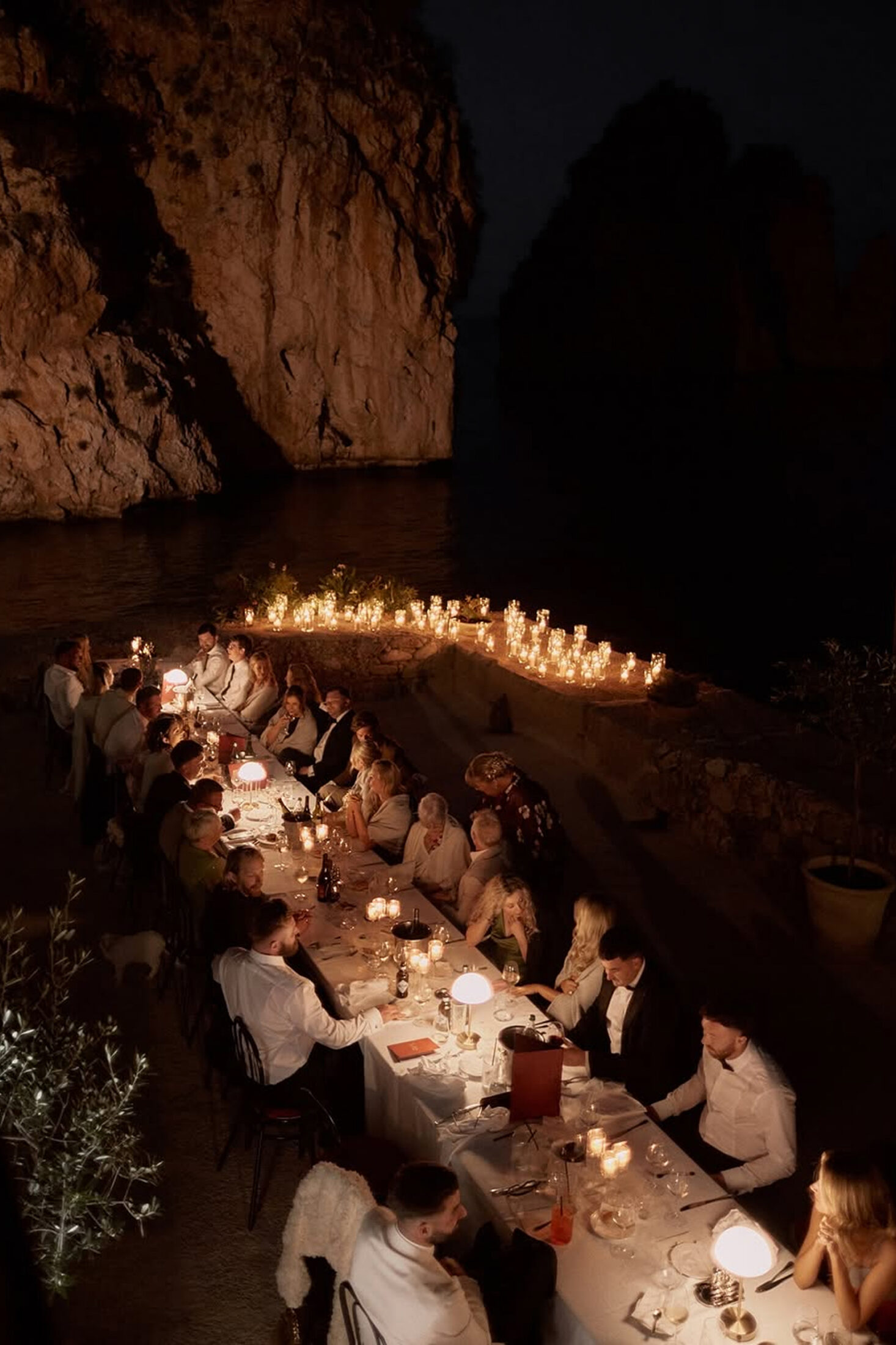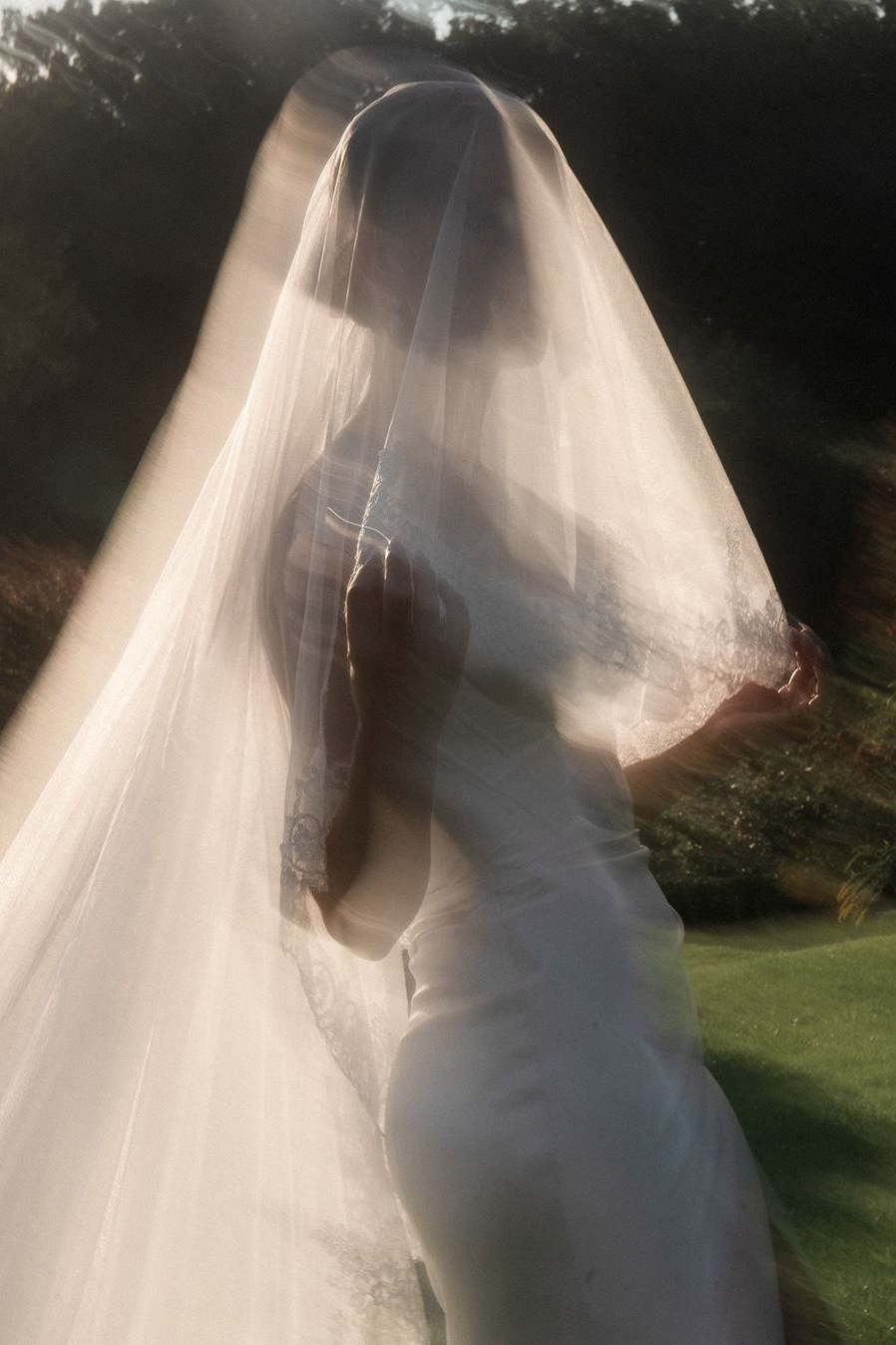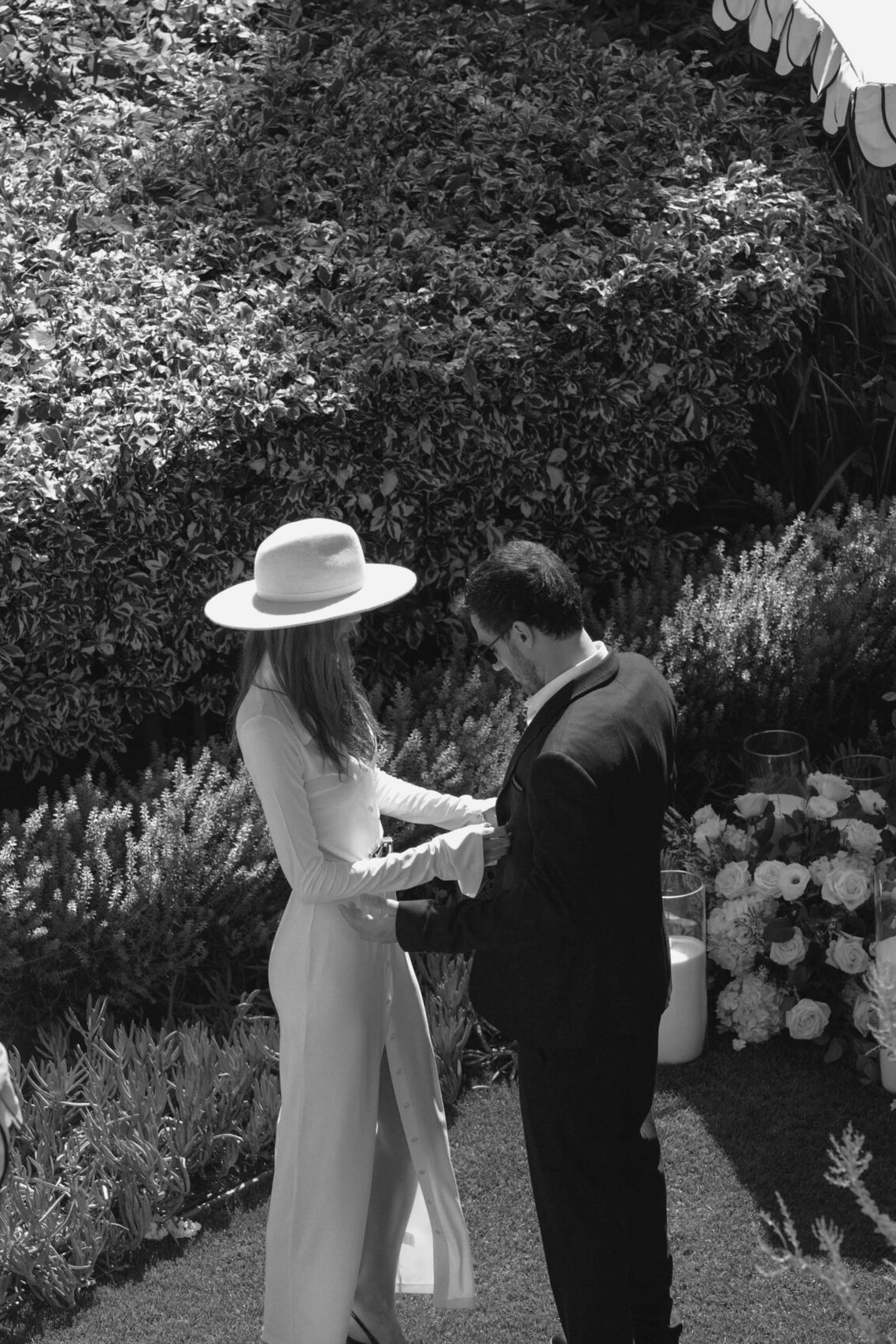Inspiration — Photography & Videography
The Future of Wedding Photography, According to Benjamin Wheeler
Wedding photography is one of the most important investments you’ll make, but are you briefing your photographer the right way? Celebrated photographer Benjamin Wheeler shares his take on today’s wedding photography styles — and the common mistakes he wishes couples would avoid.
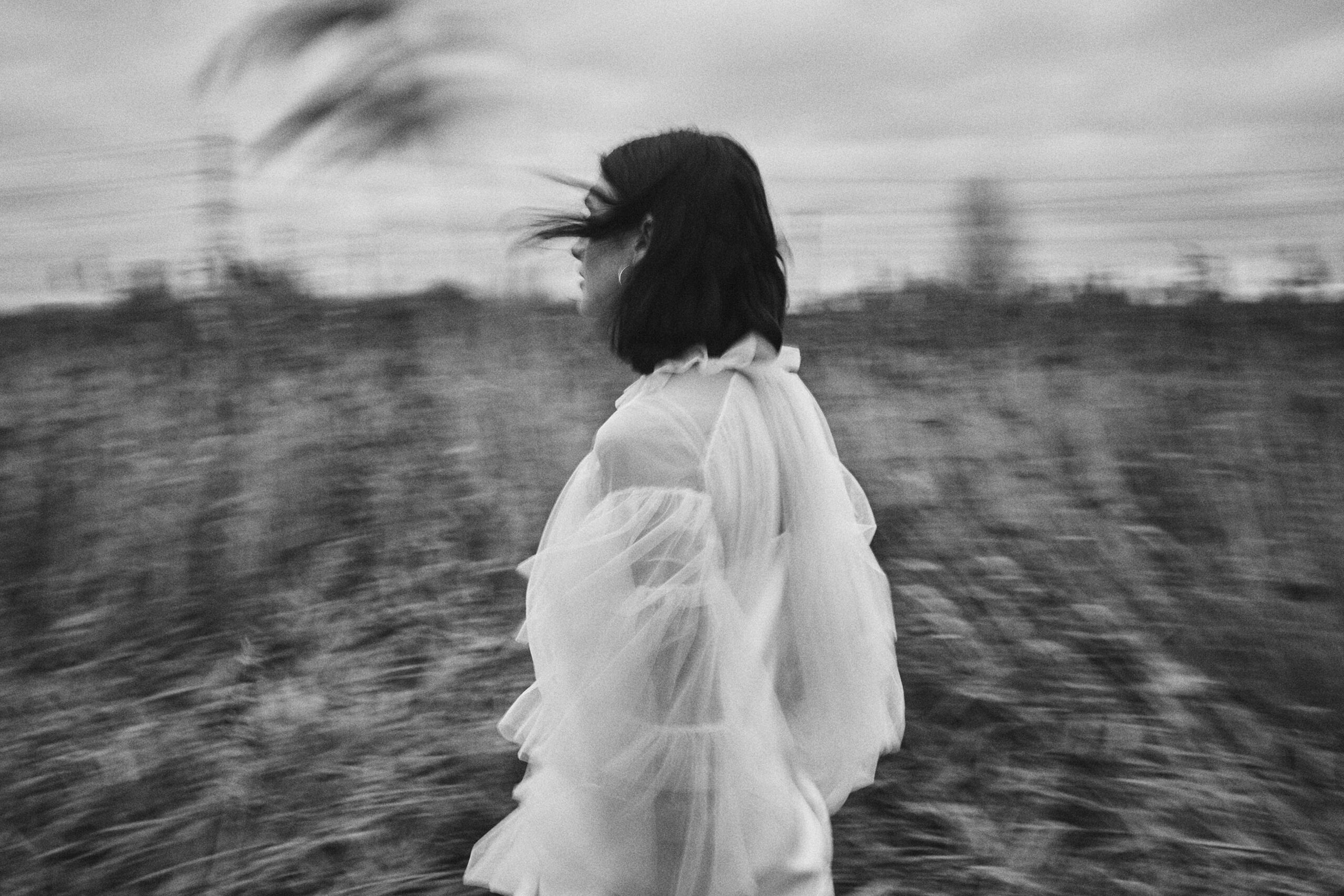
There’s a cinematic quality to Benjamin Wheeler’s photography, steeped in his background working for luxury fashion houses such as Net-A-Porter, Burberry, and Harvey Nichols — his entry point into the world of creative expression. “That really trained my eye on composition and color.” With a muted palette, dramatic yet natural compositions, and subtle lighting, Benjamin creates an atmosphere that feels both refined and approachable. Though visually striking, nothing feels staged. With his editorial eye, Benjamin’s work transcends traditional wedding photography. With years spent not just working in the industry but helping to redefine it, he shares his insights – and the wedding photography styles he sees rising for all the right reasons.
Register to access your first article free
By signing up, you agree to terms & conditions


“I feel people are becoming increasingly drawn to images that feel more classic, almost like they could have been taken in the 1960s or 1970s. There’s a definite trend toward more raw, unpolished visuals – something that feels almost unedited.”
As one of the first of his generation to bring editorial imagery into the world of wedding photography over a decade ago, Benjamin has redefined the genre, including wedding photography styles. His compositions are bold yet intimate, striking a balance between grandeur and personal storytelling. Initially photographing fashion-conscious couples, such as podcast host Liv Perez, he soon became known for capturing weddings that are as editorial as they are heartfelt. Based just outside London, the artist’s work spans the globe.
As we speak, he pops up on the screen. Tousled, sand-colored hair, a laid-back demeanor, and a cup of coffee beside him. Tucked away in his studio, where he handles all his edits, Benjamin balances international travel for a select number of wedding shoots, ensuring he preserves both his energy and artistic vision. “It always amazes me. Shooting in different places, with different people, different light, and different settings – it’s completely one-of-a-kind. Every job is new, every story is different,” he explains.
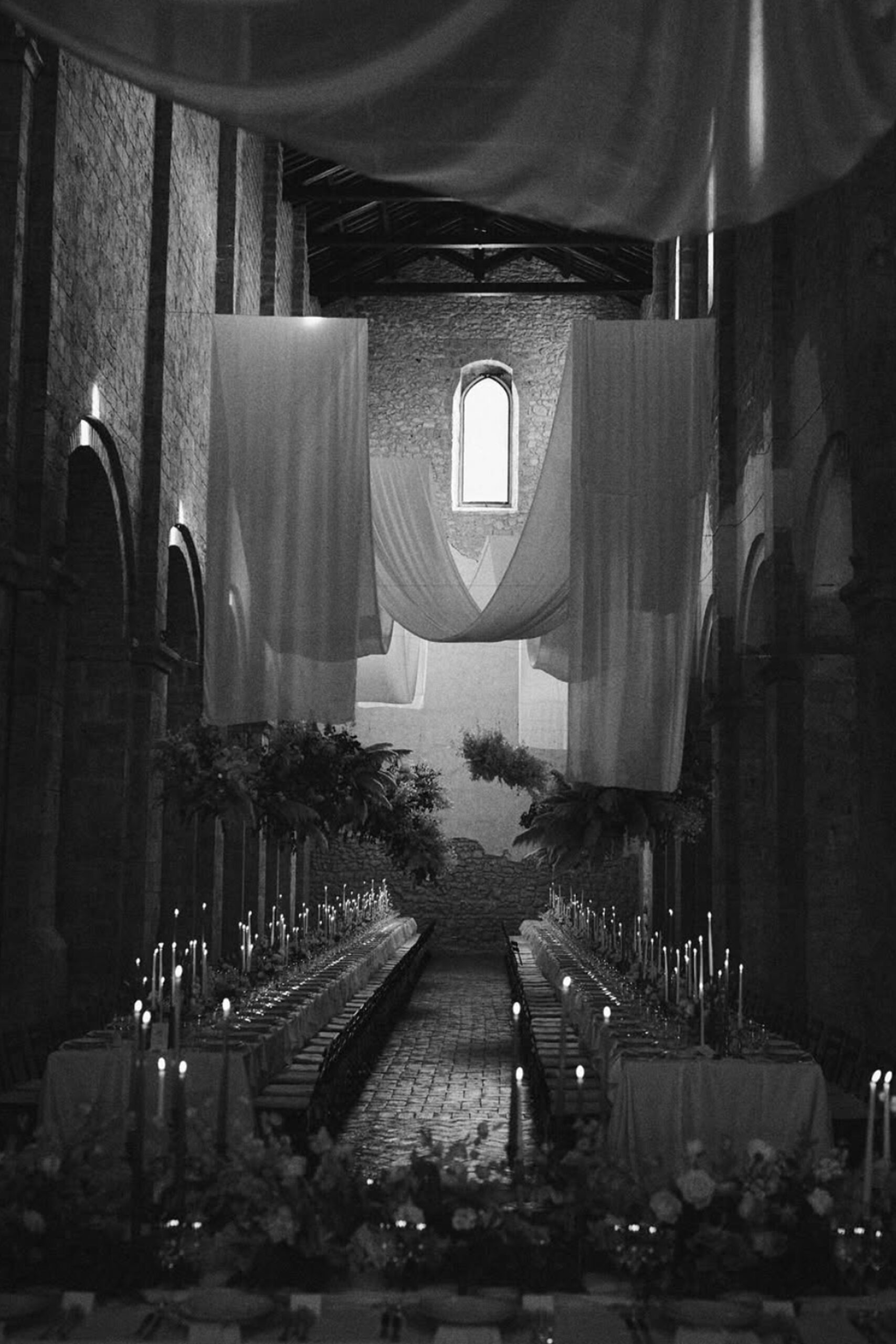
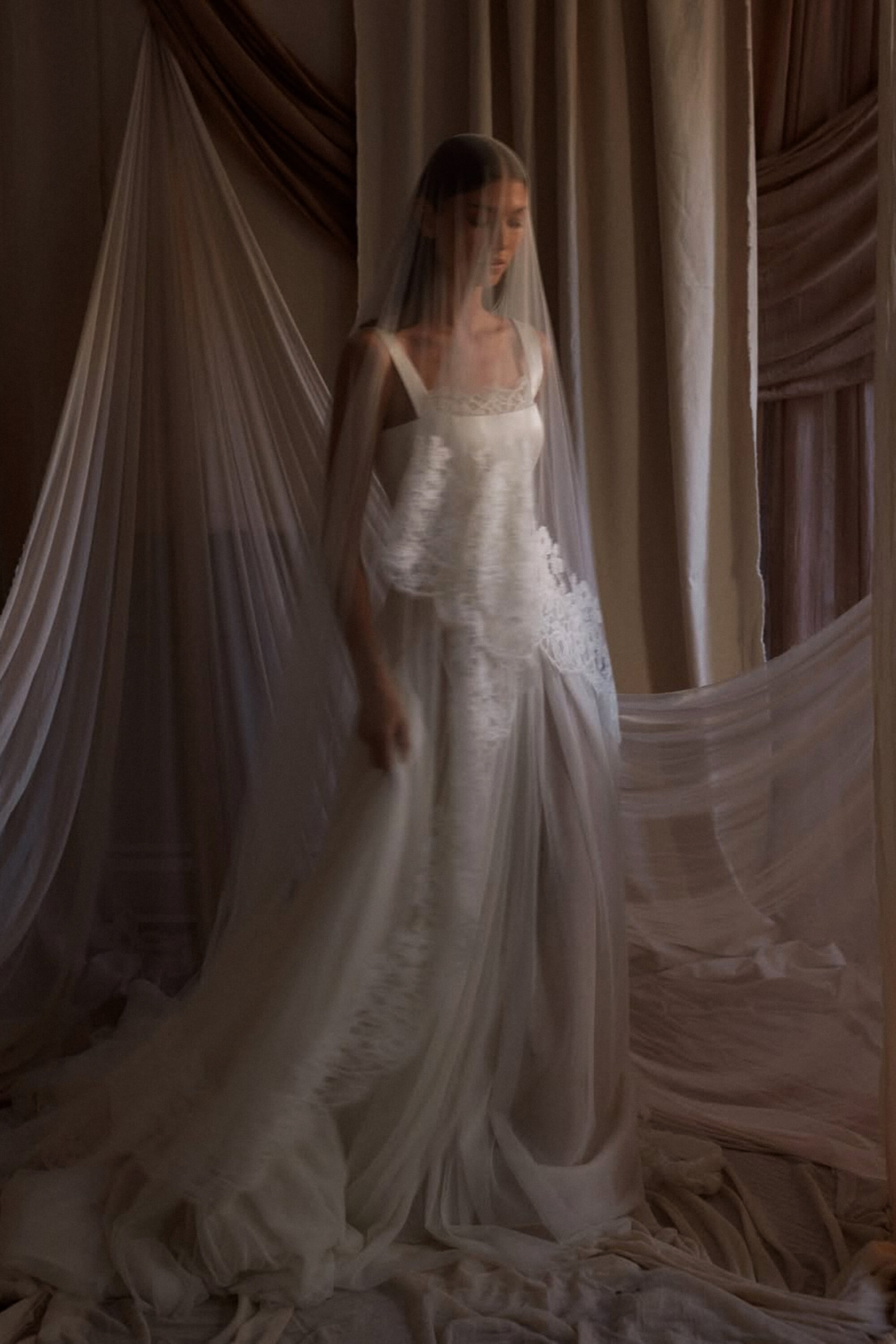
Benjamin’s Take on the New Wave of Wedding Imagery
Benjamin has become celebrated for evocative photography that truly elevates a wedding – a style he has honed and made his own over the past decade. For Benjamin, it’s not about creating something overly polished, but capturing moments that feel raw, real, and timeless. Lately, he has seen a slight shift in the industry’s direction when it comes to wedding photography styles.
“I feel people are becoming increasingly drawn to images that feel more classic, almost like they could have been taken in the 1960s or 1970s,” he reflects. “There’s a definite trend toward more raw, unpolished visuals – something that feels almost unedited.” Benjamin points to the influence of social media, particularly wedding videos, where the nostalgic appeal of VHS and Super 8 footage has made a comeback. “It’s this move toward something more genuine, a little blurry, a little imperfect,” he adds.
This shift isn’t limited to just wedding photography. “You can see it in fashion as well,” Benjamin explains. ” Recent bridal fashion shows and even celebrity weddings, like that of Kourtney Kardashian and Travis Barker back in 2022, have set a trend for less polished imagery. Their befriended photographer used 35mm film – intentionally raw, slightly blurry photos that weren’t technically perfect but conveyed a much deeper sense of intimacy.”
Benjamin believes that these developments are influencing how couples now envision their own wedding photography. “It’s less about following a trend and more about creating images that resonate with the couple’s story — images that won’t look outdated in 20 or 50 years,” he says.


“It’s less about following a trend and more about creating images that resonate with the couple’s story — images that won’t look outdated in 20 or 50 years.”
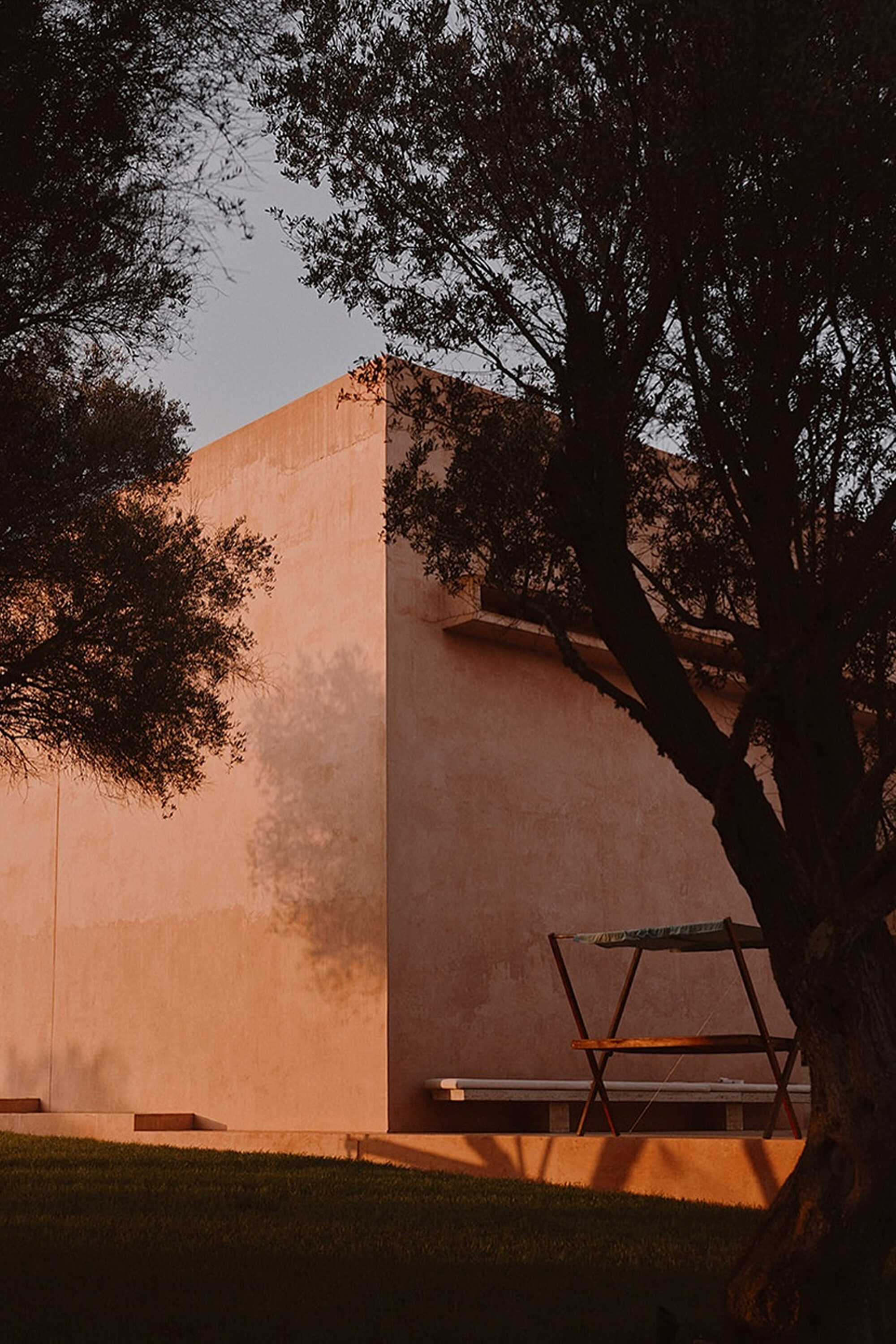
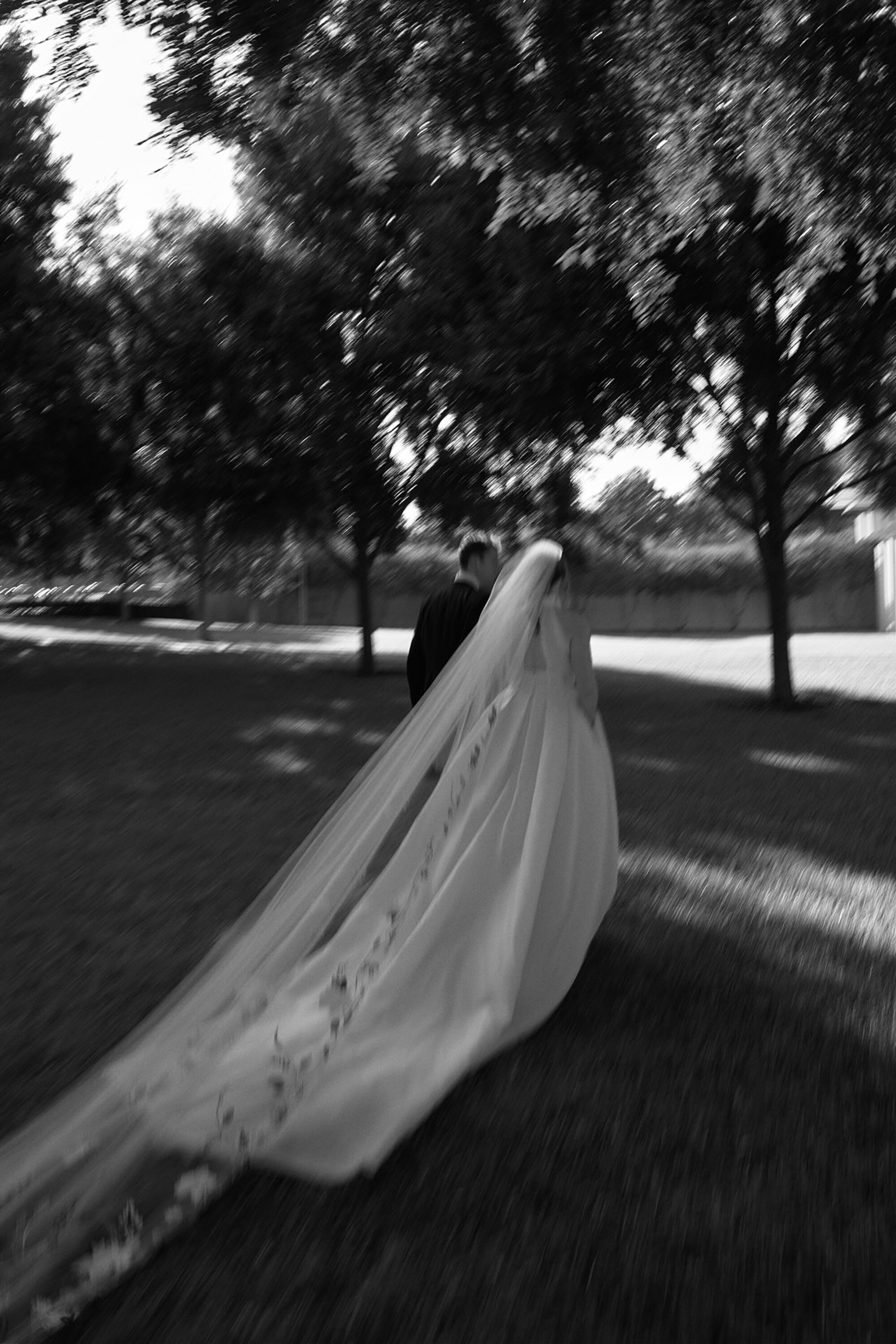
“Natural light is key. If you’re planning an installation or floral design, make sure nothing blocks the light, especially windows. Nothing should compromise the natural light — it photographs beautifully.”
How to Brief your Photographer
Apart from trends and style, Benjamin also highlights the importance of setting clear expectations with your photographer. For example, if a couple envisions a romantic, candle-lit ceremony with thousands of candles in a church, it’s essential to communicate this vision beforehand. “If they send me images of a beautiful candlelit scene, but then I arrive and the lighting is completely different, it can affect how the photos turn out,” the photographer explains. Having a clear visual reference allows for better planning and coordination, especially when working with lighting and other key details. “A wedding planner can be a great asset in executing these ideas and ensuring the photographer can capture everything as imagined,” he adds.
How Lighting Impacts the Photos
“There’s a lot to consider with lighting, especially with varying budgets and expectations. For me, the most beautiful lighting happens just after sunset, during golden hour.” Benjamin continues, “In Tuscany, with a stunning sunset, I’d take the couple outside to enjoy the moment together. It’s not just about the photos, but giving them space to relax, away from the crowds.” His ideal lighting comes just before blue hour, he adds. “When the sky is still bright, but the hazy blue light kicks in.”
How Your Wedding Setting Impacts the Photos
The design of the entire event can significantly impact the photography, according to Benjamin, who also works a lot with the talented textile sculptor Mia Sylvia. “A few years ago, there was a trend featuring a lot of greenery in wedding décor – greenery running through the ceremony, reception tables, everything. While it looks beautiful, too much green can actually affect the photography. For example, if the couple is married in a forest, surrounded by greenery, the light coming through the trees won’t create that golden sunset glow. Instead, everyone’s skin tones will take on a greenish tint, which can throw off the photos,” he explains.
“Natural light is key,” he insists. “If you’re planning an installation or floral design, make sure nothing blocks the light, especially windows. Nothing should compromise the natural light — it photographs beautifully.” He also cautions against overuse of artificial lighting on flowers: “One thing I often notice is the use of harsh spotlights on beautiful flowers, particularly on ceremony arches. While the colors may initially pop to the eye, the lighting can cast an orange hue, making the flowers appear unnatural and inconsistent. Ideally, floristry should be captured in natural light whenever possible, with photographers perhaps opting for the subtle use of direct flash when needed.”
For Benjamin, earthy tones work beautifully in ceremony spaces, as they blend well with the natural environment. “You can mix earthy tones with bright pops of color, like flowers, bridesmaid dresses, or suits. This creates a beautiful contrast while still maintaining a cohesive, natural feel. It’s about giving the space its own identity, which can then be enhanced by thoughtful styling, like table arrangements or fashion,” he adds. “A neutral palette works wonderfully in creating a timeless, elegant atmosphere.” Ultimately, it’s about creating images that resonate with the couple’s story – authentic, timeless, and true to the essence of the day.

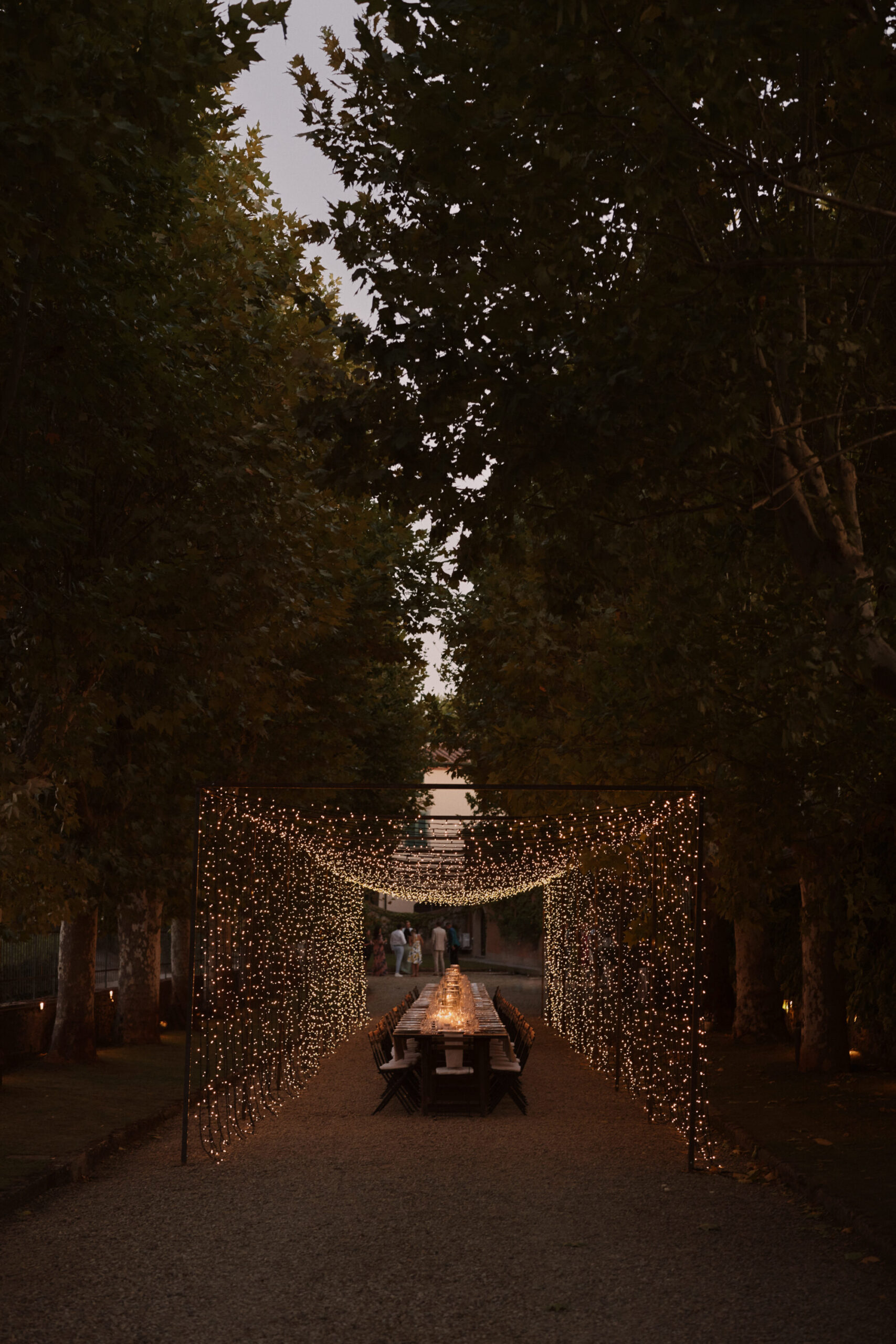
To see more of Benjamin Wheeler’s work, visit his website.
Join The Lane
Sign up to The Lane monthly Journal.
